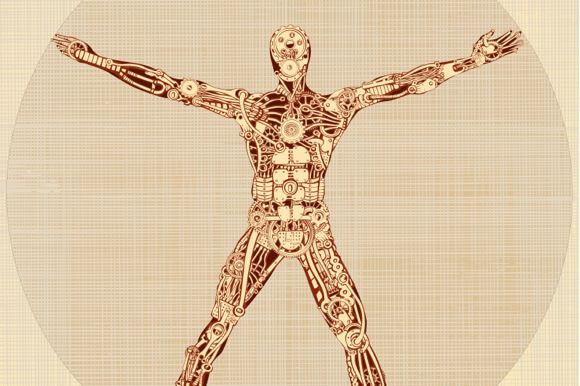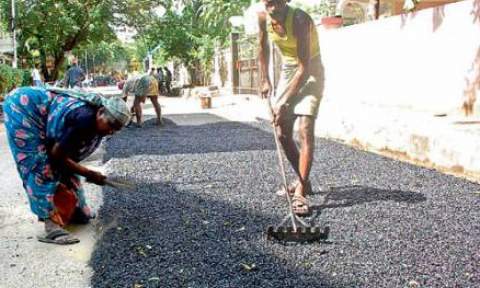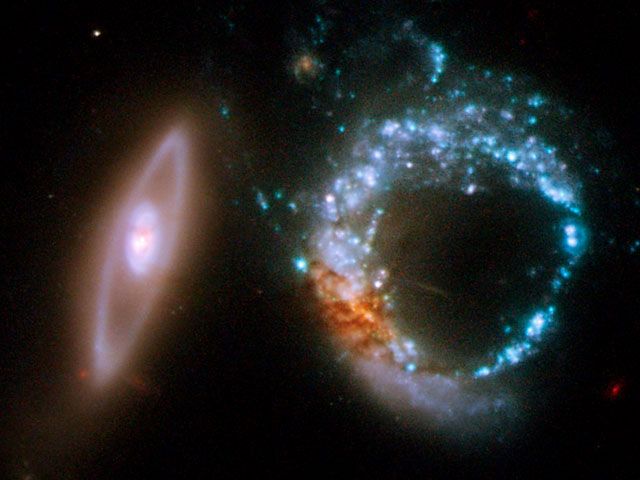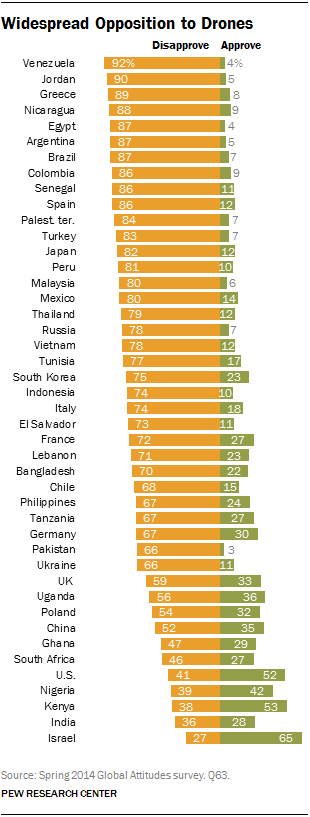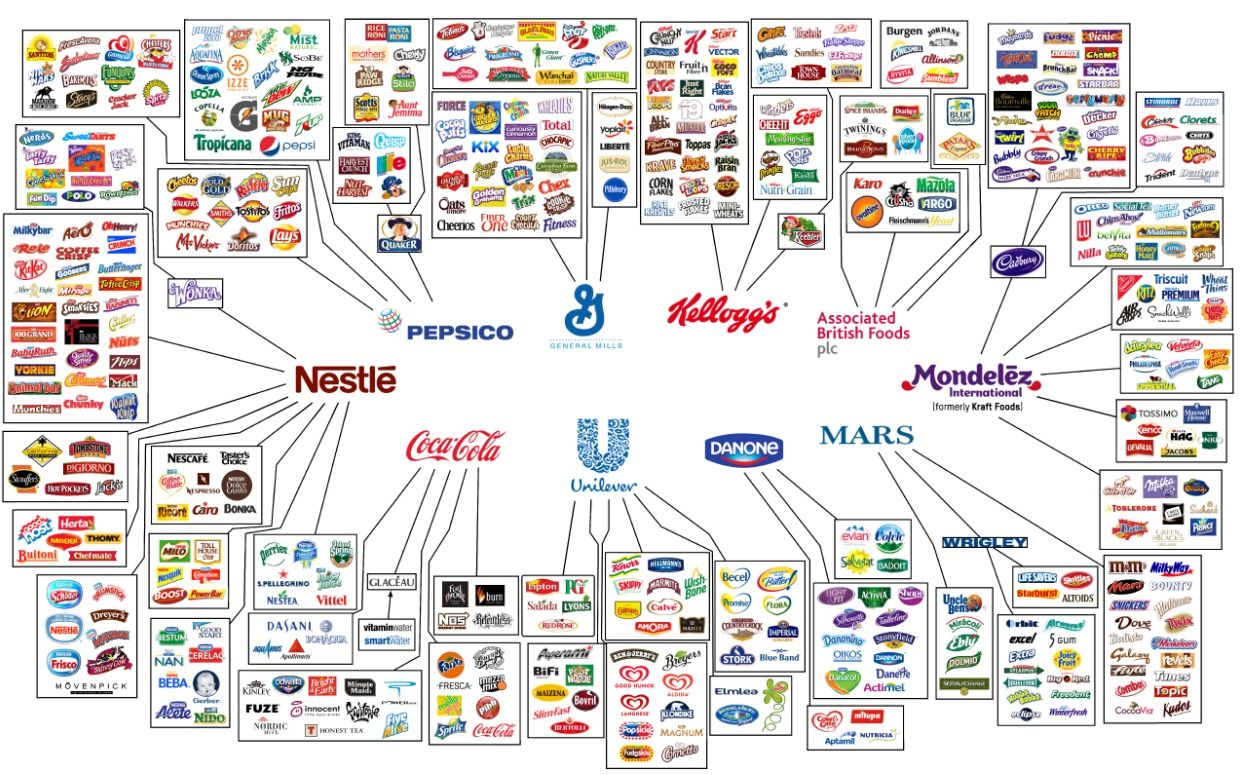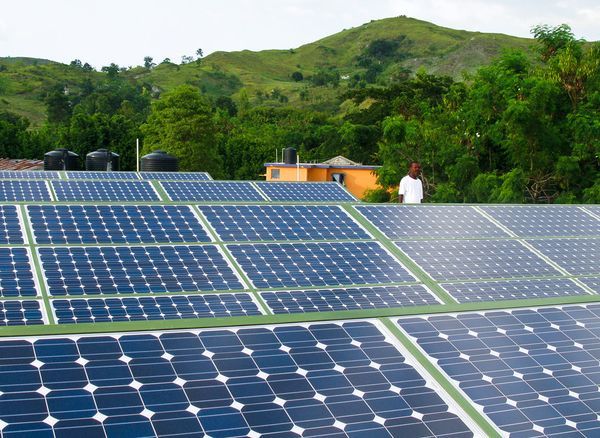Aug 19, 2014
What Does Amazon’s 3D Printing Store Say About Consumer 3D Printing In General?
Posted by Seb in category: 3D printing
Jason Dorrier — Singularity Hub
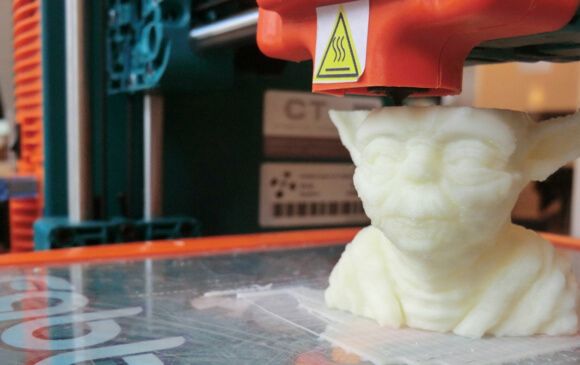
Consumer 3D printing has been creeping into mainstream awareness. Last year, office supply chain Staples announced they’d sell 3D Systems Cube 3D printers in stores, and UPS began offering 3D printing services at select locations.
Not to be outdone, massive online retailer Amazon dedicated an online storefront to 3D printers and supplies. And most recently, the firm added another storefront selling 3D printed products—bobbleheads, jewelry, smartphone cases.
